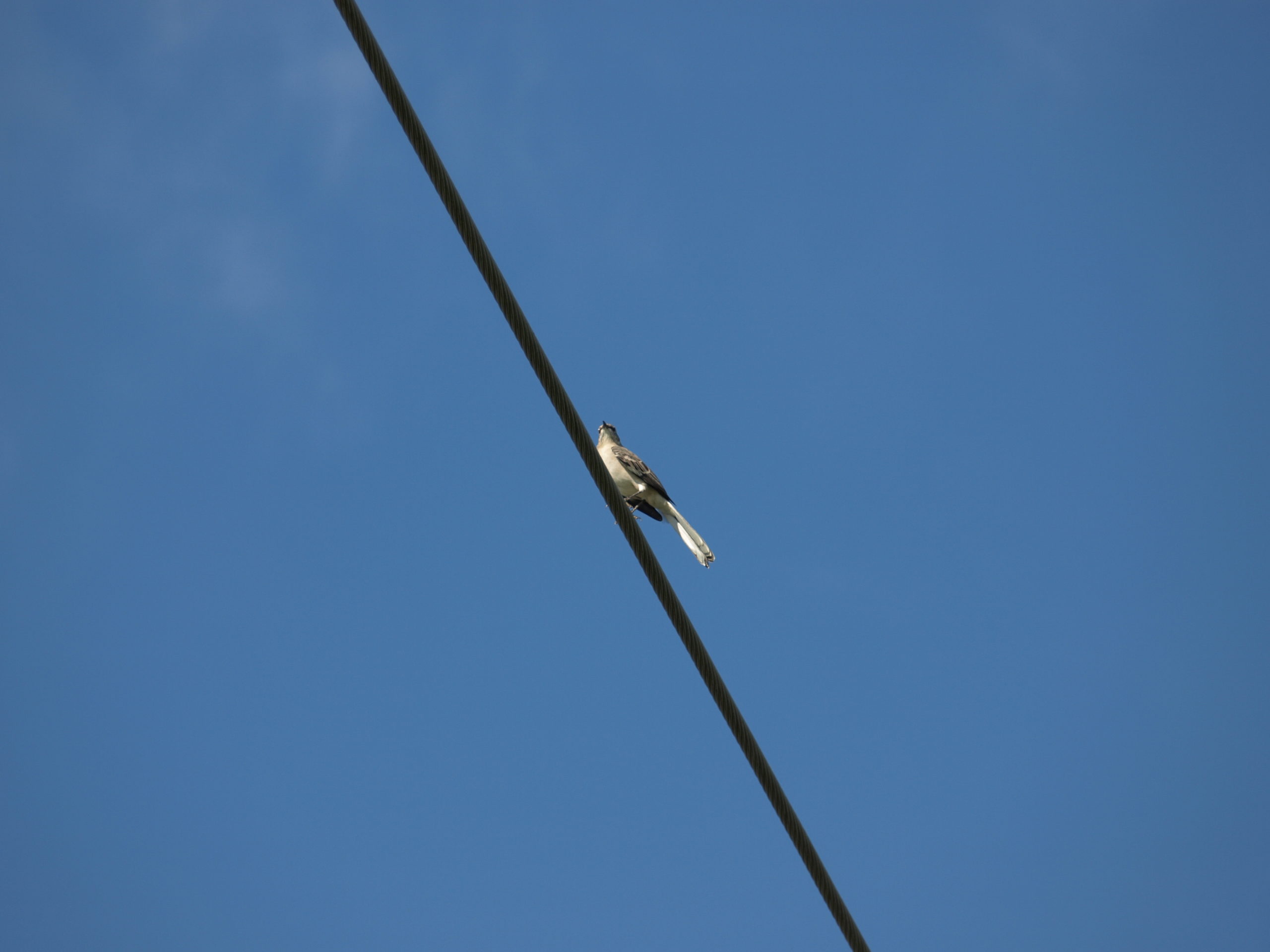BIO Fran Bell
I am a wildlife rehabber from Perth, Western Australia. Over the last 6 years I have practiced wildlife rehabilitation in Australia, South Africa, and the UK; and worked with marsupials, placental mammals, birds and reptiles. I have undertaken several internships, including a year with penguins and other seabirds at SANCCOB in Capetown. I am a member of the IWRC and the West Australian Wildlife Rehabilitation Council. I hold two certificates in Wildlife Management, have been trained in venomous snake capture and release, have Certified Wildlife Rehabber status and am also a certified Marine Mammal Medic. In my free time I work on animal rights and welfare causes around the world.
In my time as a rehabber, I’ve seen wildlife centres who operate at different levels. I’ve seen those staffed by paid vets and rehabbers, outfitted with beautiful surgeries and stocked with a wide range of drugs as well as top quality food and supplementation. I’ve seen those who can’t afford paid staff but who have access to enthusiastic staff at nearby vet clinics, and can provide adequate nutrition and housing. And at the other end of the scale, I’ve seen those who operate on a shoestring and can’t afford a consultant vet, antibiotics for treatments, or remotely appropriate food.
What this mostly boils down to is funding. Some centres are wizards at getting government grants, having corporate sponsors, and partnering with universities or the very wealthy. Other centres develop creative ideas for community fundraising. The question is, where do these places draw the line in their quest for money, and how do they balance that with animal welfare?
I’ve seen one under-funded centre use student and public “training days” as a way to bring in funds.
- Bring in veterinary students from the local university.
Students were given lectures in their morning session. After that came a “practical”. The practical consisted of the senior rehabber having up to 20 vet students crowded into the small hospital, all surrounding one terrified animal. Tube feeding was demonstrated. A new bird was then taken from a cage and a complete novice – a tube-feeding virgin, you might say – was invited to practice on a live animal. The next in line were young birds who did not require tube feeding, but who were able to swallow. They were subjected to potentially damaging diets and feeding techniques and as I looked at the faces around me, I realised that even some of these naïve vet students were not so convinced that what they were being shown was of any value.
The practical finished up by the students being invited to cuddle barn owl chicks and young fox kits.
- Bring in the public.
Training days with the public were more of the same, but with more people and less lectures. In hindsight that may have been a good thing as less misinformation was passed on, but I still worried that members of the public would leave the centre thinking that there was nothing much to wildlife rehab, and that they would all be fully competent to commence wildlife rehab operations under their own roofs.
Every single component of the training day gave me grave cause for concern regarding the welfare of the animals. Noise levels were completely unacceptable. Prolonged, incompetent and unnecessary handling was also completely unacceptable. As wildlife rehabbers, we know that both these factors add up to a lot of stress. We know how badly stress affects an animal’s ability to heal and thrive. I’m sure we’ve all, at one time or another, seen birds who literally drop dead from stress. We also know that habituation of a wild animal to human contact severely limits the likelihood of a successful release.
Every animal handled or fed by a member of the public or an untrained vet student ran the risk of being seriously injured. Proper techniques for restraining animals were not demonstrated. Appropriate techniques for feeding were not taught. Mammals and birds aspirated after being incorrectly fed. Birds refused to eat because rough feeding had damaged their throats. Birds died from head injuries due to rough handling.
Every animal handled and fed ran the risk of disease. Hands were not washed. Gloves were not worn. A single tube was used for every crop feeding, regardless of age or presenting condition. Animals were passed from person to person with no thought of what could be transmitted from one to the other.
On training days every animal handled also had to wait for the appearance of the trainees to be fed. The normal routine was abandoned. Birds were left hungry for upwards of an hour because the public had paid to be “trained”.
With the quality of information and ‘training’ being so poor, attendees were likely to cause unintentional harm to animals they came across in the future. The interactive training days increased admissions and infused the centre with ready cash. Ultimately the centre’s mission could be hurt much more than helped, and any funds raised swallowed up in increased care costs.
Training days in other centres I’ve worked with are solely for those who have already made a commitment to helping wildlife. They mostly focus on theoretical knowledge in a classroom well away from patients with “hands-on”, if appropriate, on a strictly supervised one-on-one basis. There may be a small fee to cover costs but the focus is not on raising funds – it’s on professional development. I remember when I attempted my first tube feeding. It was after a lengthy lecture, a couple of demonstrations by rehabbers with many years experience, and then the small class was invited to practice on deceased animals who had been kept solely for teaching purposes. Even when I began tube feeding live animals, I worked under the supervision of a suitably experienced mentor.
Training days are one avenue of raising funds but, when animal welfare and perhaps even survival is severely compromised, the question is – should they be?


Leave a Reply
You must be logged in to post a comment.